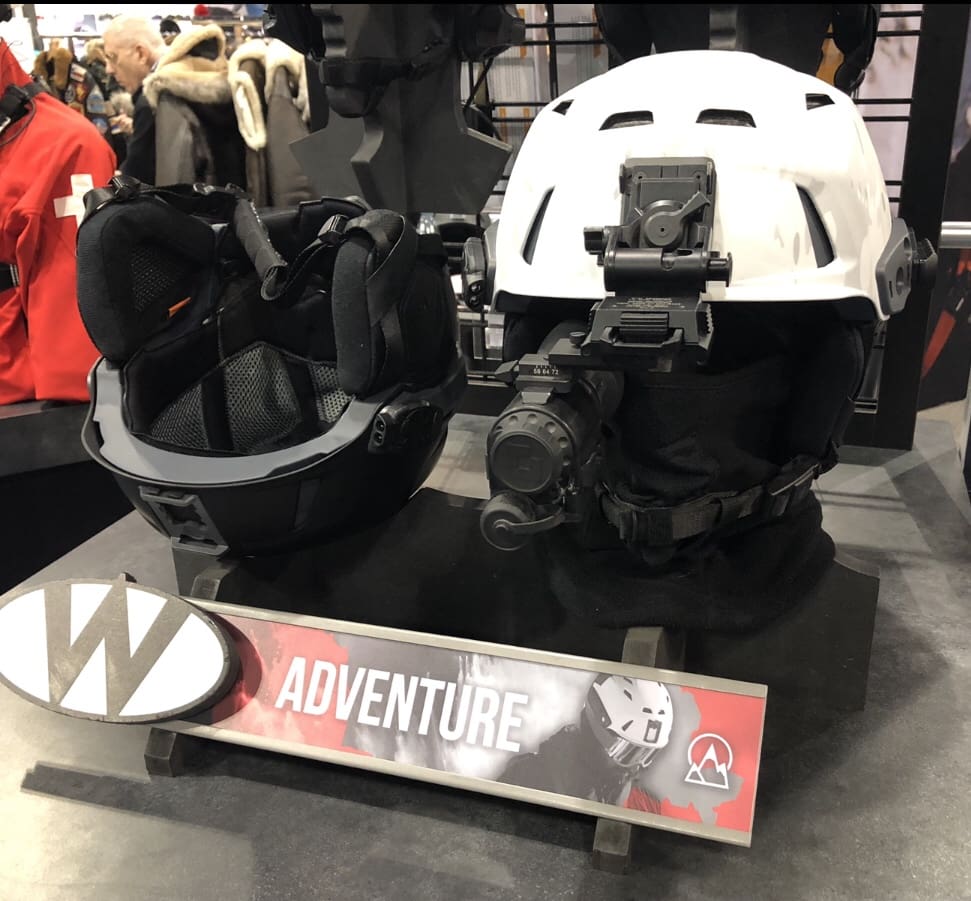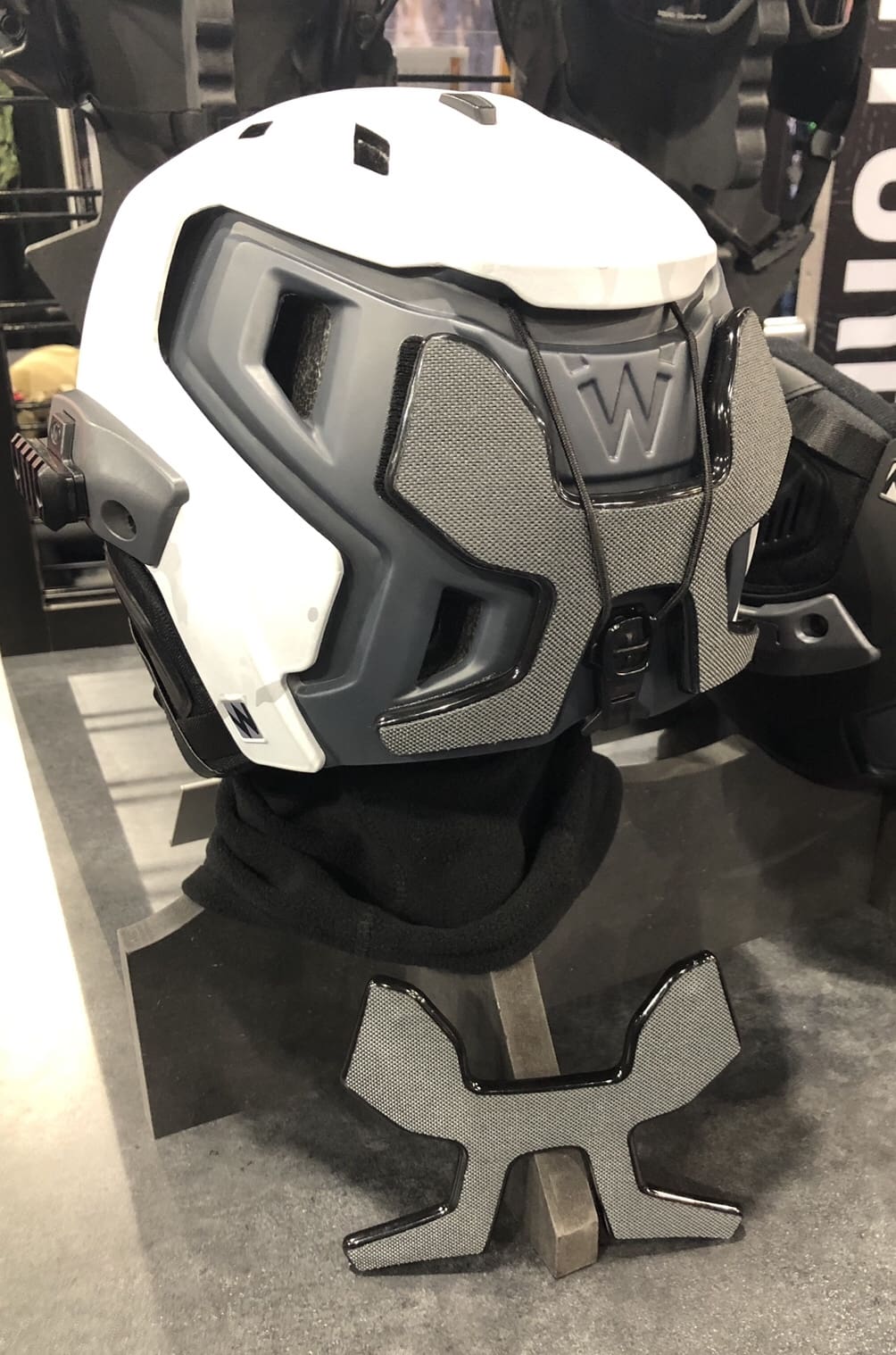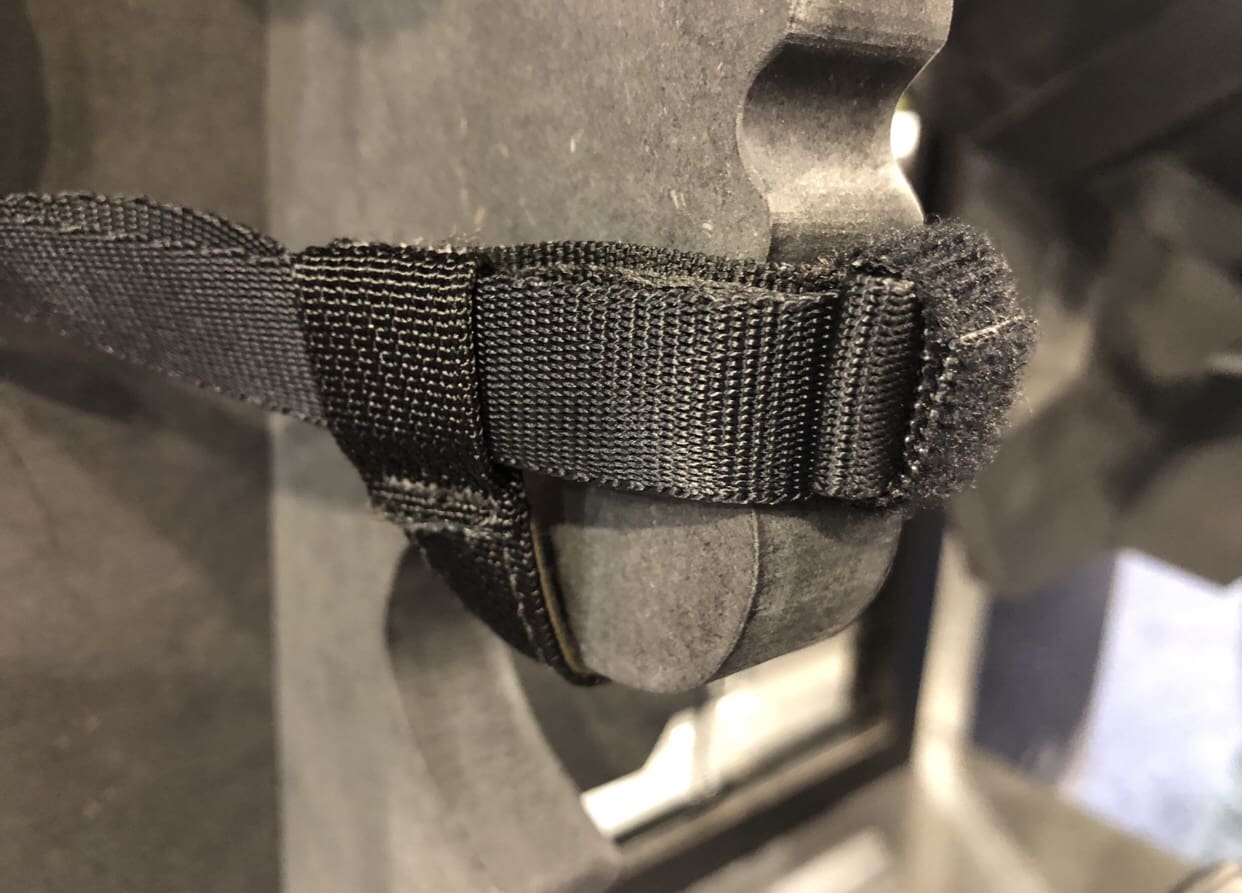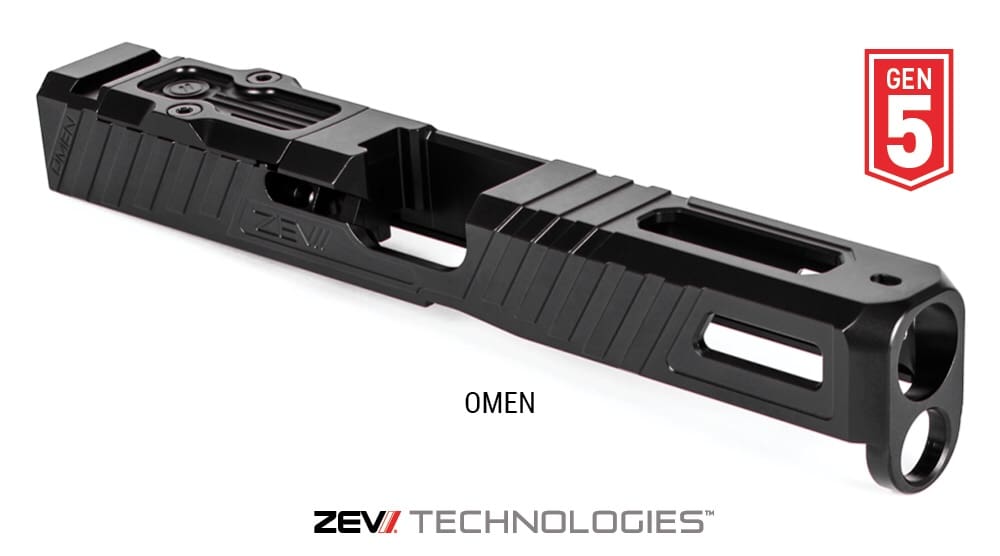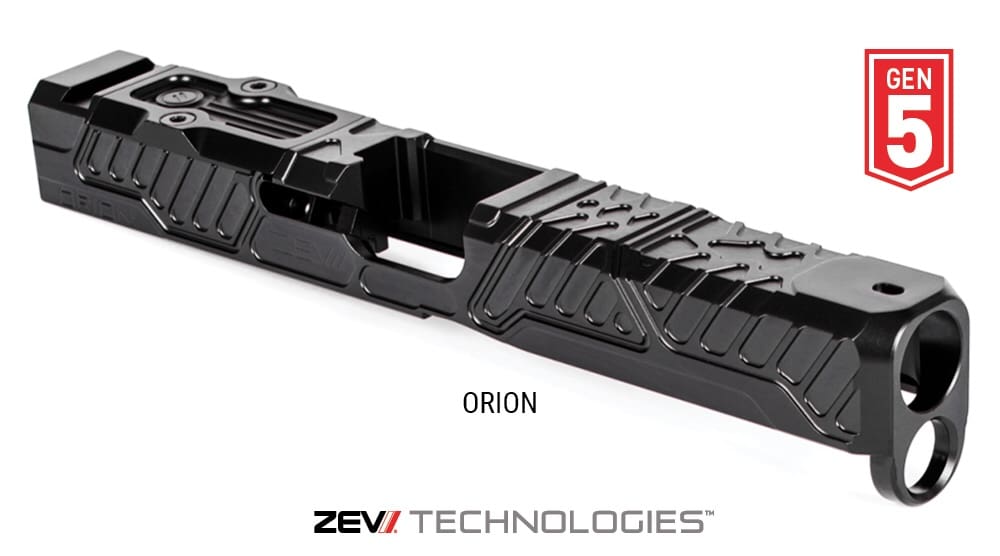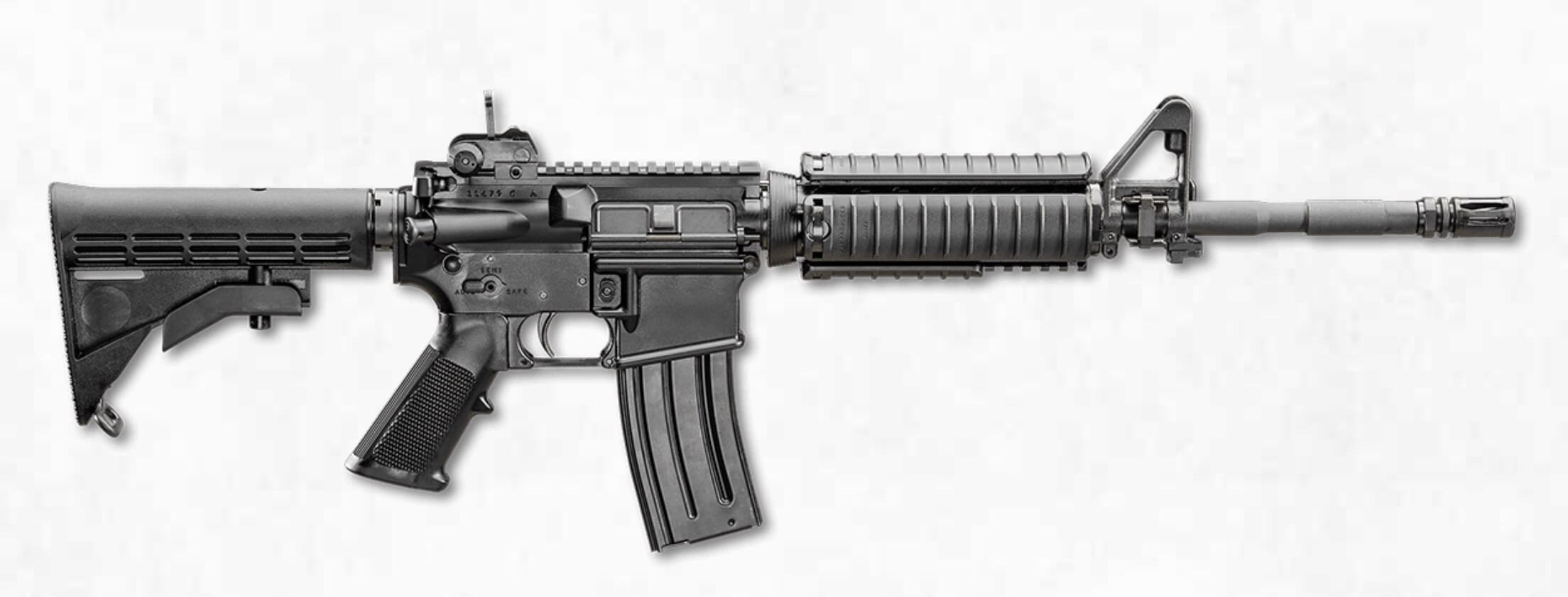• New ULCANS multispectral camouflage system will mask soldiers, vehicles and installations from state-of-the-art electro-optical sensors and radars
• Battle-winning, lightweight technology will be made in the USA to protect soldiers on operations around the world
WASHINGTON, D.C., November, 08 2018: Fibrotex USA Inc has won the contract to supply the U.S. Army’s Next-Generation Ultra-Light Camouflage Netting System (ULCANS), proven to deliver world-leading protection across the electromagnetic spectrum. The contract is a 10-year, indefinite delivery / indefinite quantity award, with a total value of USD480 million. Full-rate production is expected to begin in early 2019.
Fibrotex USA’s new ULCANS contract is the result of a nearly two-year long period of highly competitive testing, trials and data collection conducted by the U.S. Army’s Natick Soldier Systems Center (PM-FSS), which assessed camouflage technologies from major global manufacturers against the Army’s most advanced battlefield surveillance sensors.

Ultra-Light Camouflage Netting System (ULCANS)The combat-proven technologies underpinning the new ULCANS are based on technology developed by parent company Fibrotex Technologies Ltd (FTL) over the last two decades, but have been specially modified for the U.S. Department of Defense. ULCANS will be manufactured in a new state-of-the-art vertical manufacturing facility in McCreary County, Kentucky – the only such facility in the U.S. – creating and securing hundreds of new skilled American jobs over the next ten years.
Kentucky Congressman Harold ‘Hal’ Rogers said “I firmly believe we have the best workforce in the country and that their hard work and dedication has earned these new jobs, helping deliver a vital new military contract from McCreary County. I take great pride in knowing that our people are crafting these products to keep our warfighters and allies safe, giving them an edge on the battlefield.”
The new facility is being established next to Outdoor Venture Corporation (OVC), which is a strategic partner to Fibrotex USA, and has been delivering soldier support systems to the U.S. Army for decades.
Mr. Malleron, CEO of Fibrotex USA: “Today more than ever military forces and opposition groups are using night vision sensors and thermal devices against our troops, but by using Fibrotex’ camouflage, concealment and deception solutions we make them undetectable again, allowing them to continue keeping us safe and SAVE LIVES.”
“We have more than 50 years of experience, with thousands of hours in the field and a deep understanding of conventional and asymmetric warfare. The U.S. Army tested our best camouflage solutions and the camouflage repeatedly demonstrated the ability to defeat all sensors known to be operating in the battlefield and throughout the electromagnetic spectrum.”
Fibrotex’ 2D ULCANS technology provides more persistent IR, thermal & counter-radar performance and offers a greater range of capabilities than known before. Fibrotex USA will deliver the material in reversible designs – allowing for the first time a different pattern and capability on each side, enabling soldiers, vehicles and systems to disappear into light/dark woodland, snow/alpine and desert/urban environments, blending into the terrain in all weather conditions, anywhere on the globe.
Fibrotex USA new Vertical manufacturing facility in KY will become the new Camouflage “home” and will provide a one-stop-shop for all solutions provided under one roof.
About Fibrotex USA Inc
Fibrotex USA helps save lives and improves operational effectiveness, developing world-class solutions through continuous analysis of contemporary conflicts, combining field experience with expertise in unique compounds, ergonomic engineering, and camouflage materials to provide full multispectral signature management solutions.
Fibrotex USA is headquartered in Washington, D.C. and is an owned subsidiary of the Fibrotex Technologies LTD (FTL). Fibrotex has been developing and manufacturing advanced camouflage systems for over 50 years, including multispectral static and mobile camouflage systems, from individual solutions to systems to cover all types of sizes of military platform.

Mobile Camouflage SolutionOther advanced signature management solutions include the 2D Static Camouflage System for high-value fixed locations and Mobile Camouflage Solution able to mask mobile platforms from all known visual, thermal-IR and radar sensors with no impact on their mobility or ability to fight.
The company has also created the innovative, multispectral ‘Kit Sophia’ rapidly configurable package enabling deployed forces to flexibly tailor their protection to a range of threats.
A similar solution, ‘Kit Noa’ was developed for individual solider signature management. As an individual piece of equipment, the Personal Modular Camouflage system is ready-to-use, contained within a 2L bag for rapid deployment, increasing soldier survivability.
For more information please visit: www.fibrotexusa.com
